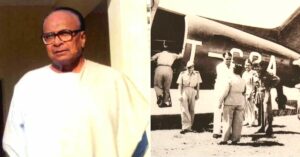In Pics: The Nature-Loving Tribe That Fought To Save Their Sacred Peak & Succeeded!
The Dongrias have been known for their eco-friendly agriculture-based lifestyle. But now they are slowly dying. Ritayan Mukherjee, a photographer, reports.
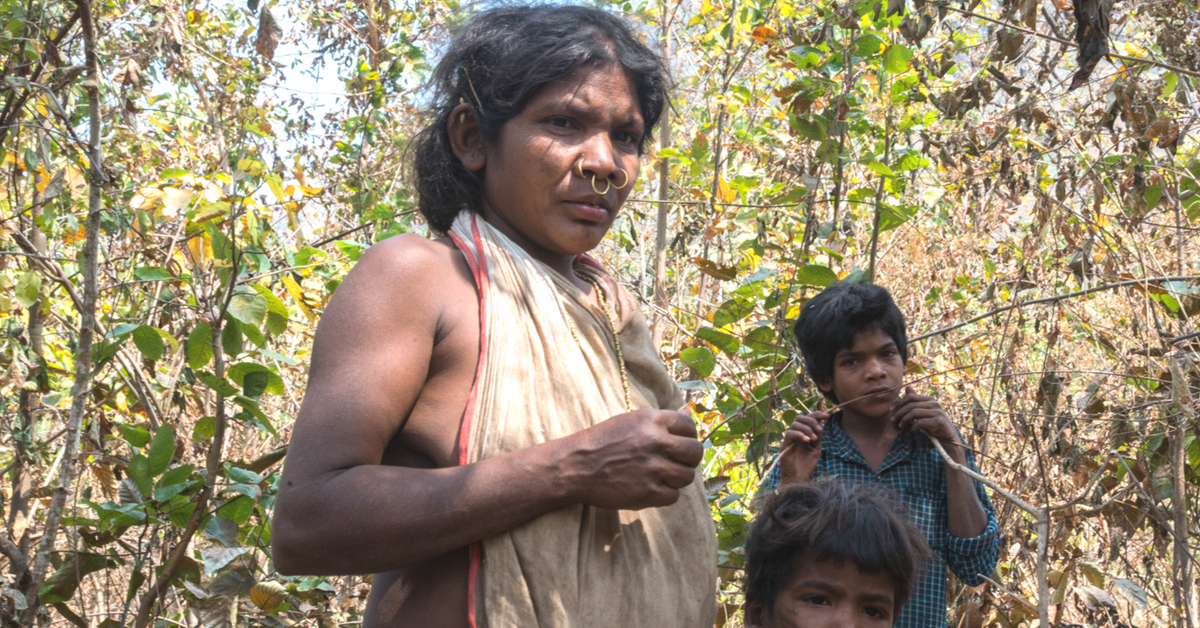
When I first heard about the Dongrias, it was way back in 2013. Their successful fight against a UK-based mining giant to save their sacred mountain caught the attention of newspapers. Their movement inspired me, and I wanted to photograph their traditional lifestyle, but unfortunately could not develop a source to reach them. When I finally had the opportunity to visit their villages this year in March, I made the most of it.
Dongria Kondh, a tribe that lives in the dense forests of Niyamgiri Hills, is spread across Rayagada and Kalahandi districts of southwestern Odisha.
Approximately 8,000 Dongrias live in 100 villages on that mountain.
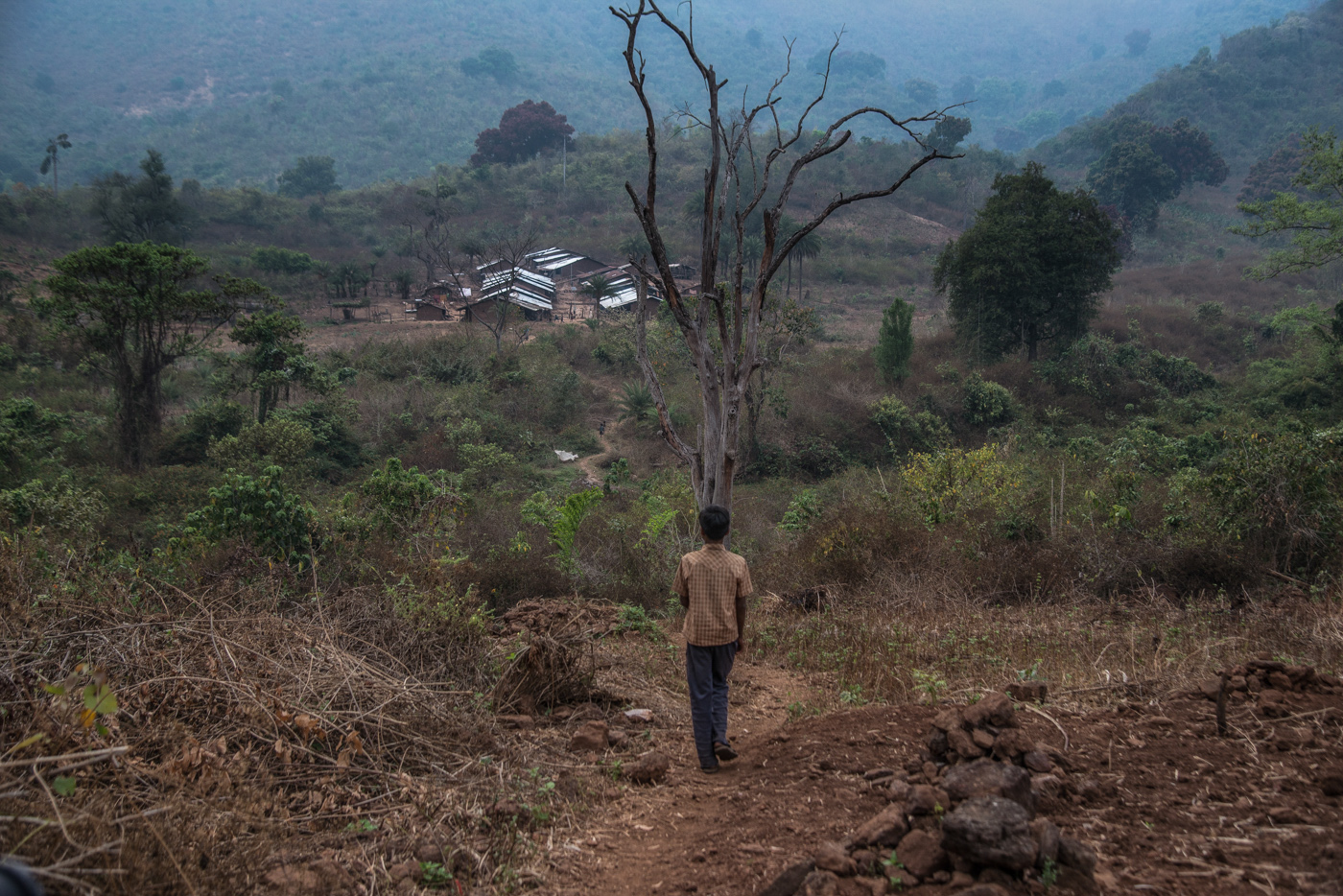
Niyamgiri Hills is not only a sacred mountain to the Dongrias, but it also plays a major role in the region’s ecology. The Dongrias have earned the status of PVTG (Particularly Vulnerable Tribal Group) from the Government of India. That’s because they still have a primitive lifestyle, geographically isolated from others and shy, as a result. They are more educationally and economically backward than other tribal groups in the country. There 75 such PVTGs in India.
My journey to Lakhpadar village in Niyamgiri Hills, with a friend, began from Dhamteri, Chhattisgarh. We drove 230 km and reached Bhawanipatna, the district headquarters of Kalahandi district. We then continued our drive to Langigargh village, at the foothills of Niyamgiri.
Langigargh has been the centre point of conflict for long, as the UK-based mining giant tried to set up a plant here. Bauxite mining too was about to start but it got cancelled eventually due to the landmark verdict from the Supreme Court of India.
From Langigargh to Lakhpadar village, is a journey of 15 km. We travelled by car for the first seven, but the tricky potholes and thorny stems caused me to give up. I walked the remainder of the way, stopping many times to watch the beautiful vistas to Niyamgiri. Finally, after a 45-minute walk, I made it to the village.
Also Read: 5 Arenas Where Tribal India Shattered the Mainstream Ceiling
Lakhpadar is important among the Dongrias. Not only did the movement start from here, the leader of the Dongrias, Lodo Sikoka, lives here.
The face of the Dongria movement, he is a knowledgeable man. He has been attacked by the administration as well as by the Company goons.

Lakhpadar is a small village, where around 30 families live. The Dongrias speak the Kui language. During my walk, I spotted numerous streams surrounding the villages. These streams are the lifelines of the community.
Lodo Sikoka stated, “One of the major reasons we have opposed bauxite mining in the Niyamgiri Mountains was that it would destroy our numerous perennial hill streams. Our farming and daily livelihoods depend on these streams.”
During my time there, I was able to observe some things about the lives of the Dongria people.
Fermented liquor, made from the sap of palm trees is often used during rituals as well as for regular consumption in daily life. It is called “Salpa”.
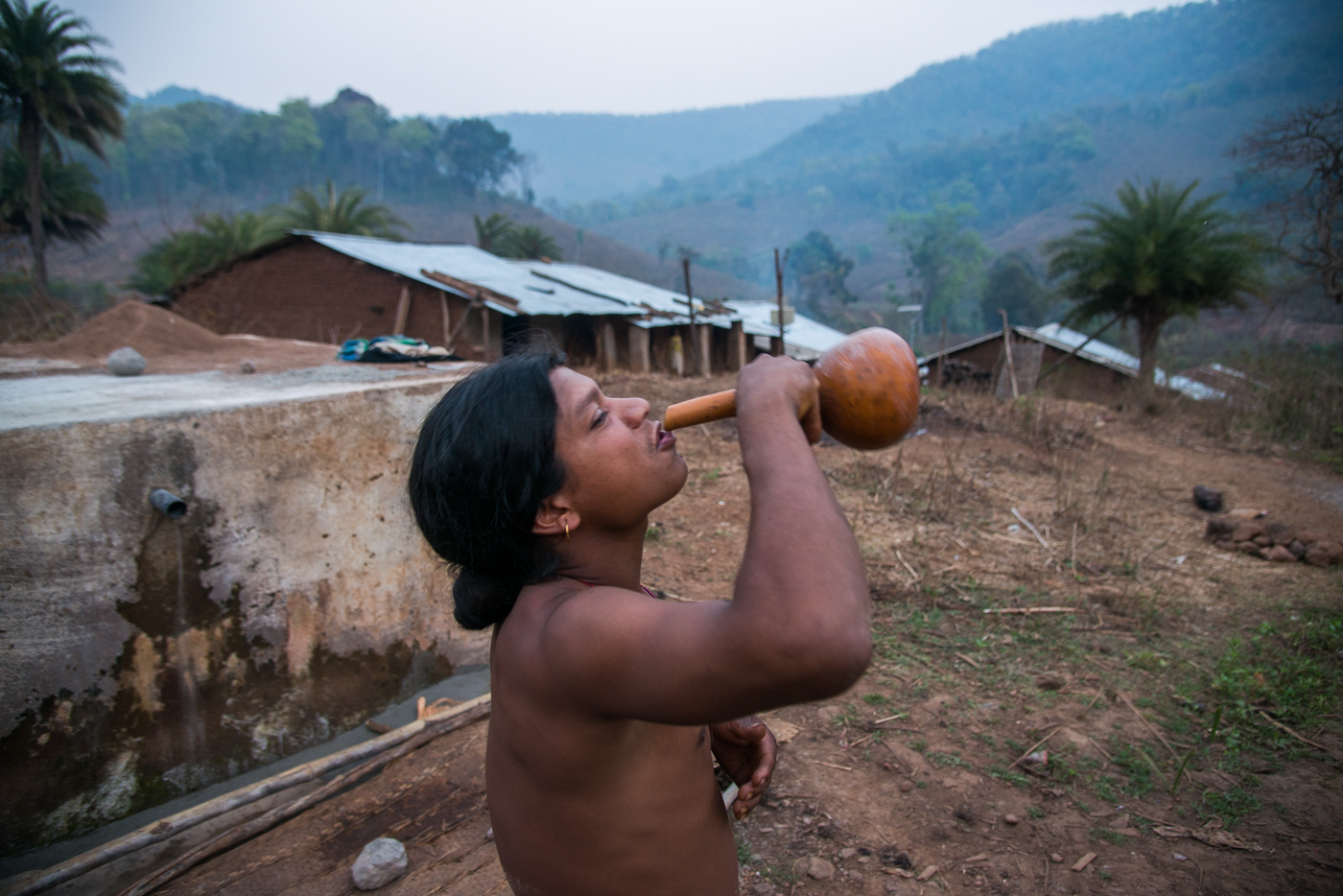
A palm tree is one of the seven trees, considered as a ‘must’ in the Dongria Kondh’s sacred grove. I learnt that every family owns multiple palm trees, where even a father-son duo has separate palm trees.
Lakhpadar village is powered by solar energy. A villager, Dasharu, told me, “This is the only change that the state government has brought to our village.”
In Dongria society, women play a role equal to the men. They take part in almost every activity. They farm and sell the agricultural produce in the weekly markets. They are also dominant in issues such as family management. As per Dongria tradition, the man has to pay the bride price (dowry).
The Dongrias practice shifting cultivation, growing different types of lentils.

They also produce Banana, Jack-fruit, Orange, Ginger, Turmeric, Lemon, and Mango. Dongrias also collect flowers, fruits, tubers, leaves, stems, seeds, wild mushrooms, tamarind, and bamboo shoots from the forest. Dongria men also hunt for rabbits, squirrels, and edible insects.
The nearest school from Lakhpadar village is 15 km away. Kids can’t go that far through the dense jungle. So they want schools in their villages, with Dongria Kondh teachers using Kui language, and with the incorporation of field-based learning.
During my stay, another thing I noticed was their degrading health conditions. They have almost no medical facilities. Malaria is prevalent, often leading to death. In the absence of facilities, the Dongrias trust their village doctor, who uses herbs and plants as remedies. They do not go to the hospital located in Langigargh town, set up by the British mining company.
During the evenings, villagers gather and dance. For centuries, the Dongrias lived an isolated life. Their only form of entertainment has been their traditional form of dancing.
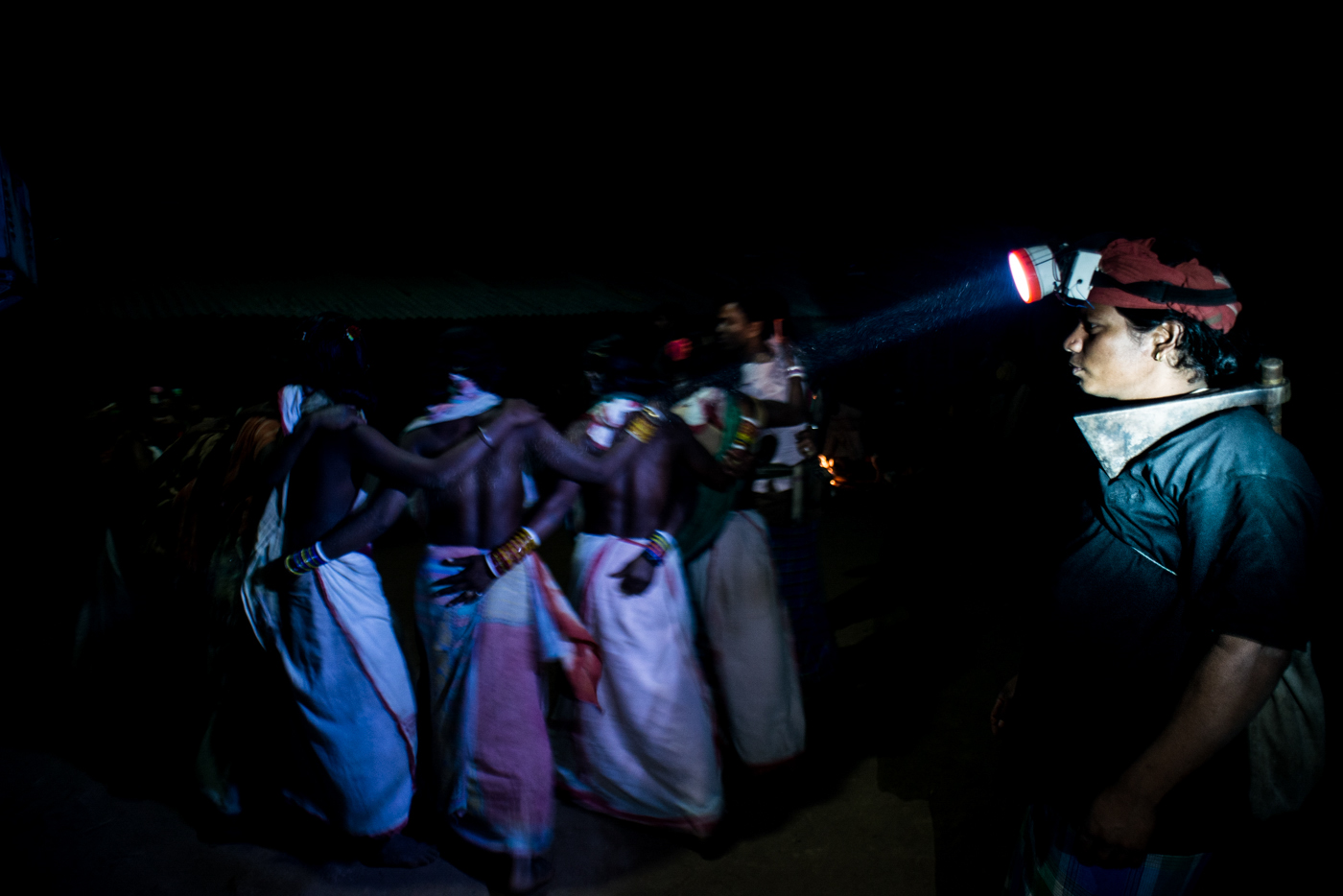
Though the Dongrias succeeded in saving their mountain and therefore their heritage, for the time being, their situation largely remained unchanged. For centuries, they have been known for their eco-friendly agriculture-based lifestyle. But now they are slowly dying. Despite the PVTG (Particularly Vulnerable Tribal Groups ) status, they lead a very underprivileged existence. They lack access to schools, basic medical facilities or proper rationing system.
Although I went to document their daily lives, I came back with a different perspective.
Also Read: Libraries on Wheels: How Tribal Kids in MP Are Getting a Chance to Learn in Their Own Languages
Here’s a look at more photographs from my visit.

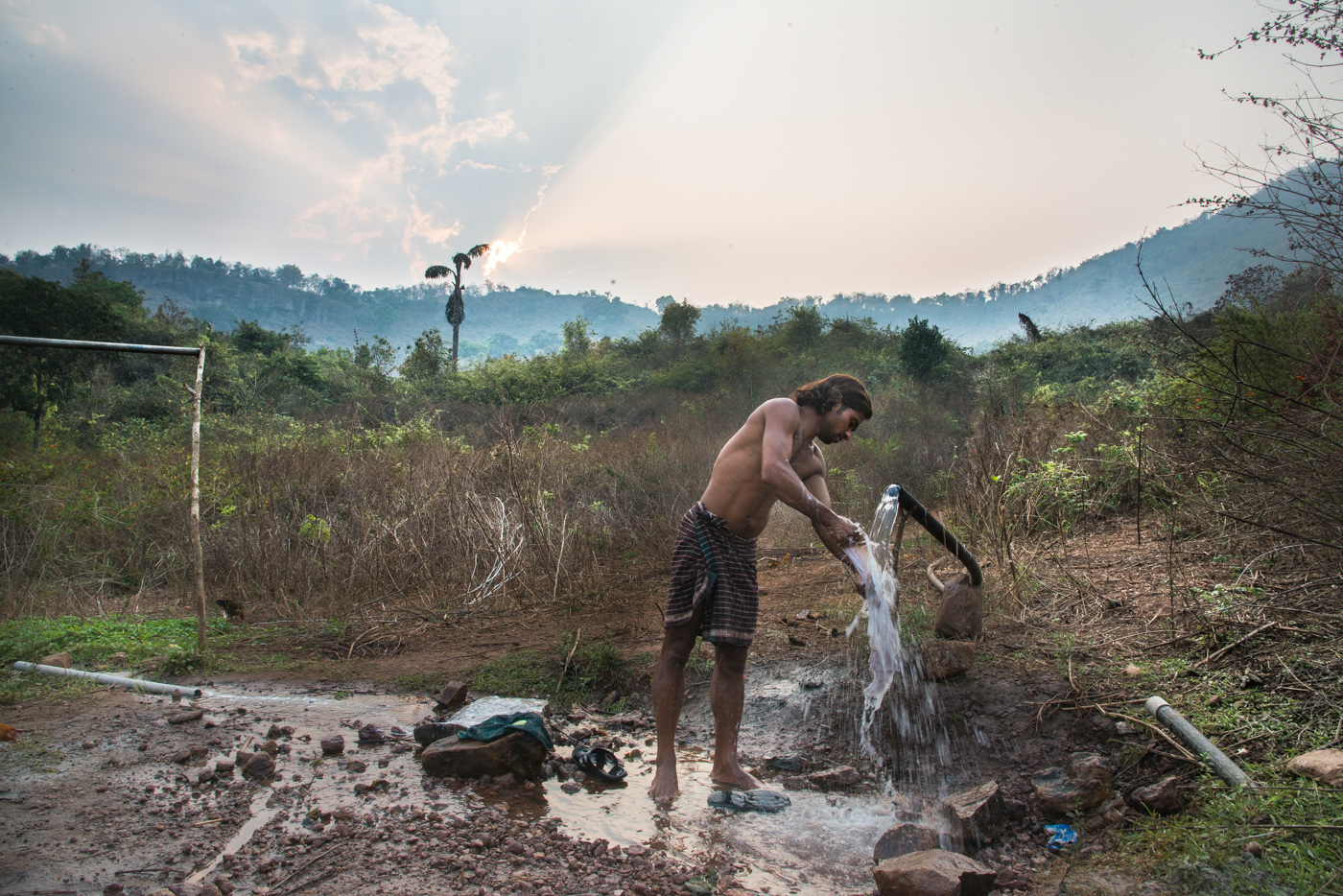
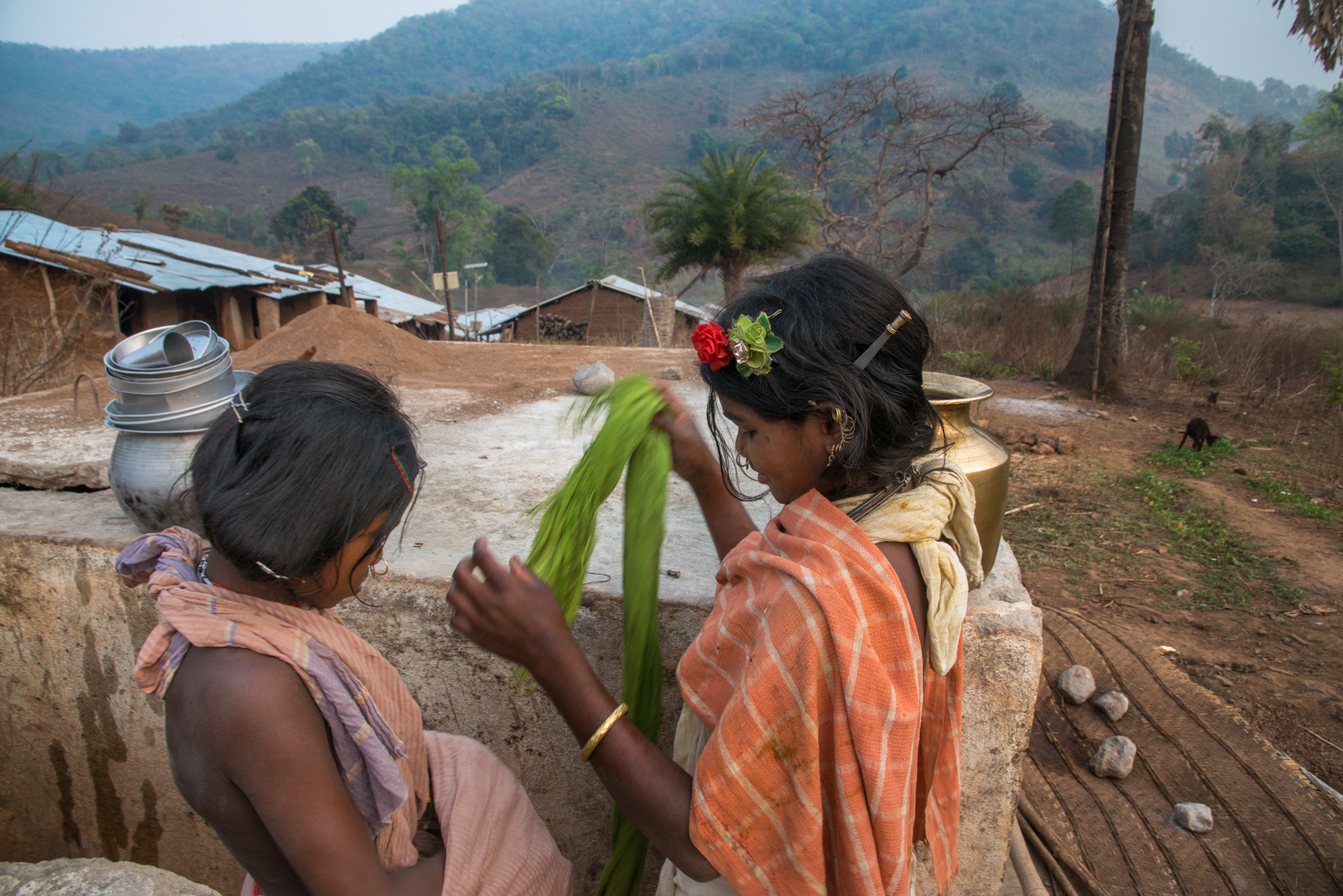
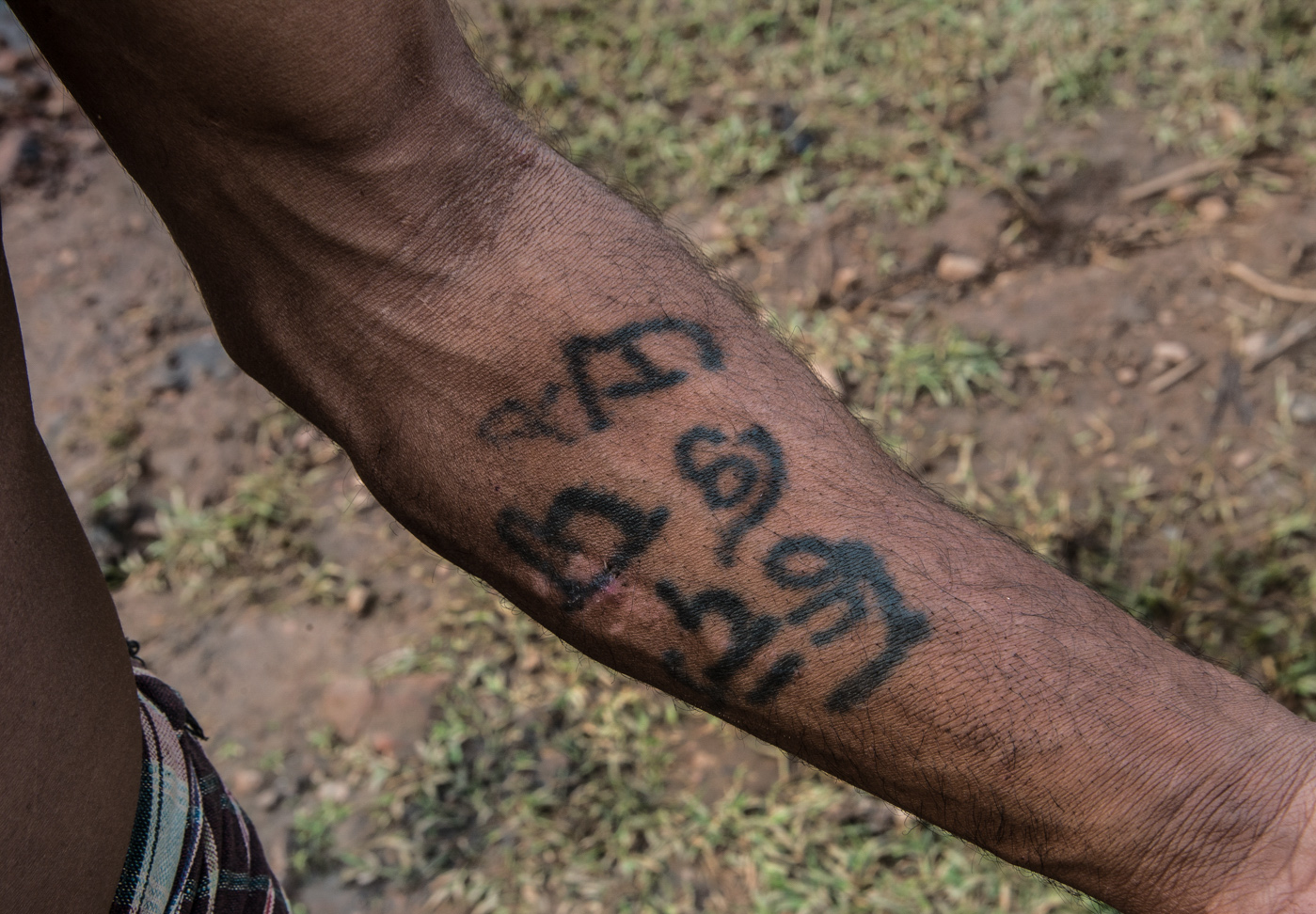

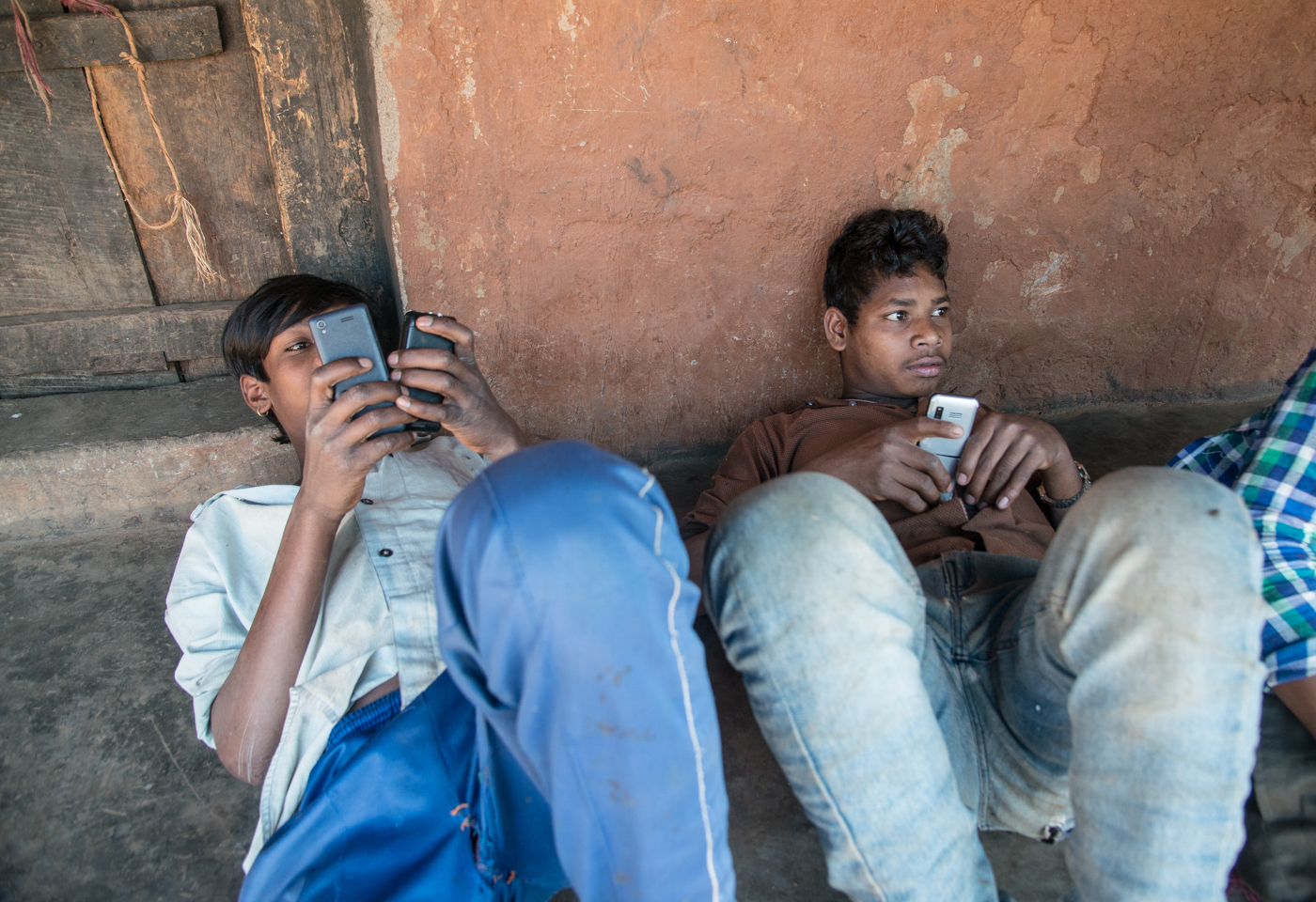
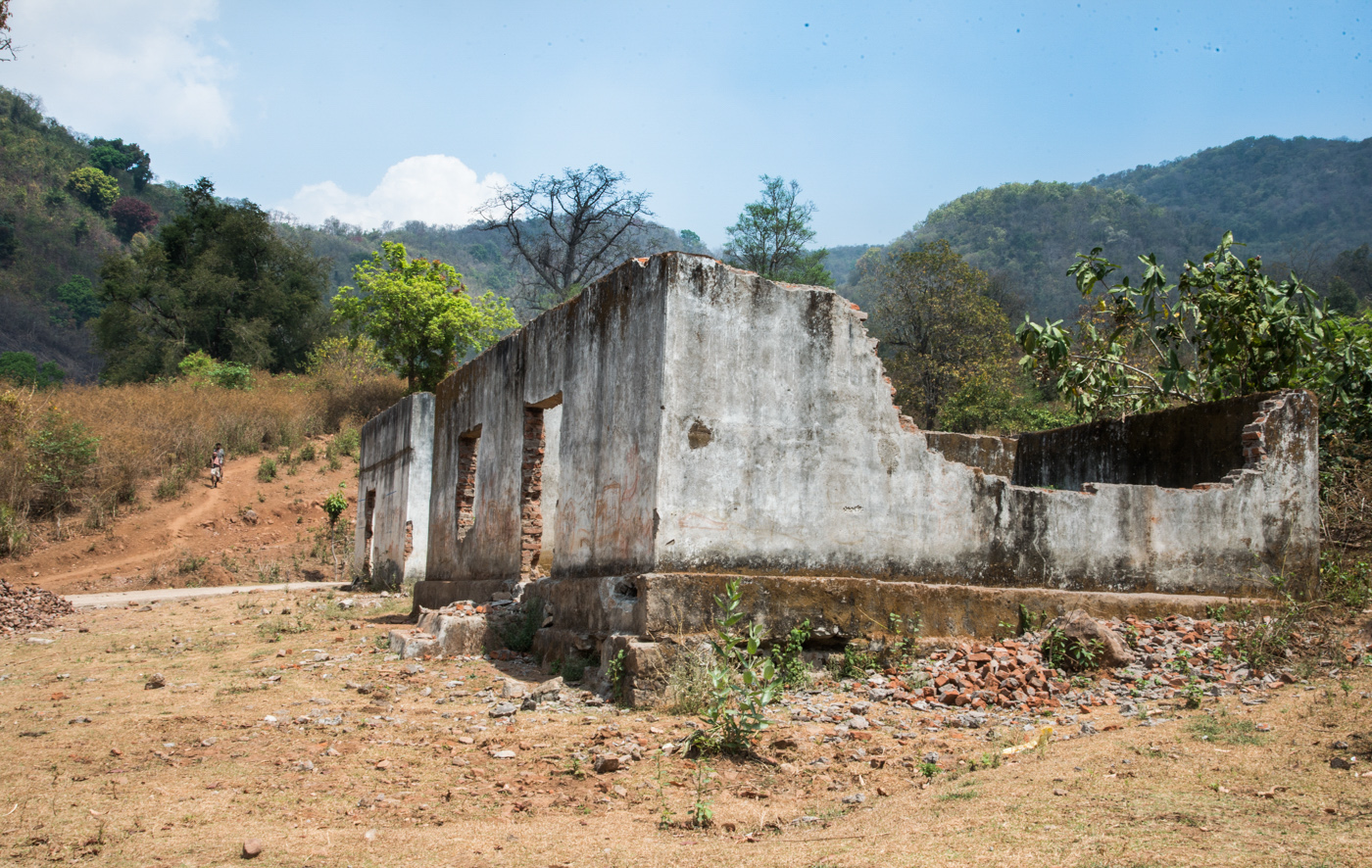


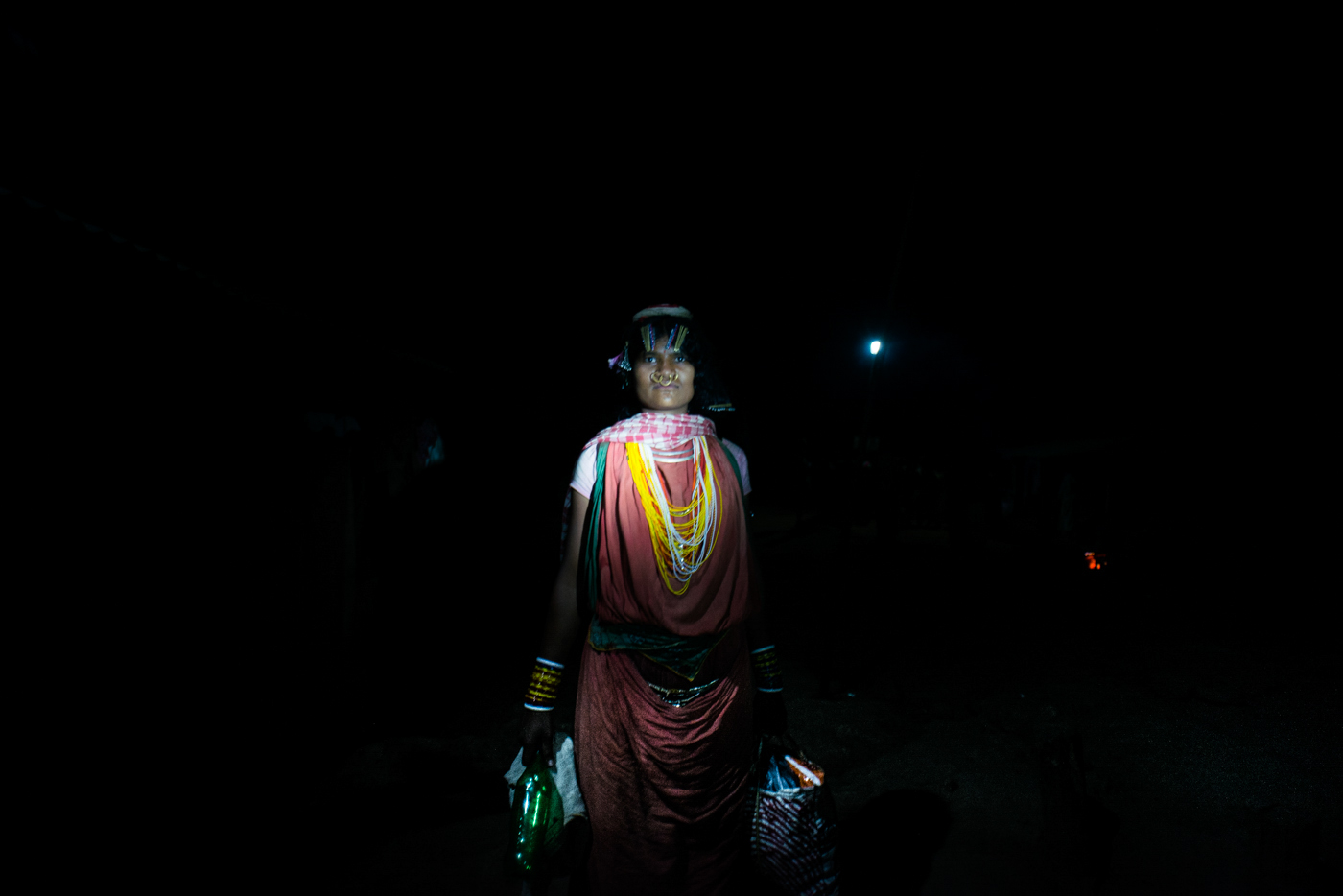
(Written by Ritayan Mukherjee and Edited by Shruti Singhal)
Like this story? Or have something to share? Write to us: [email protected]
Connect with us on Facebook and Twitter.
NEW: Click here to get positive news on WhatsApp!
This story made me
- 97
- 121
- 89
- 167
Tell Us More
We bring stories straight from the heart of India, to inspire millions and create a wave of impact. Our positive movement is growing bigger everyday, and we would love for you to join it.
Please contribute whatever you can, every little penny helps our team in bringing you more stories that support dreams and spread hope.







